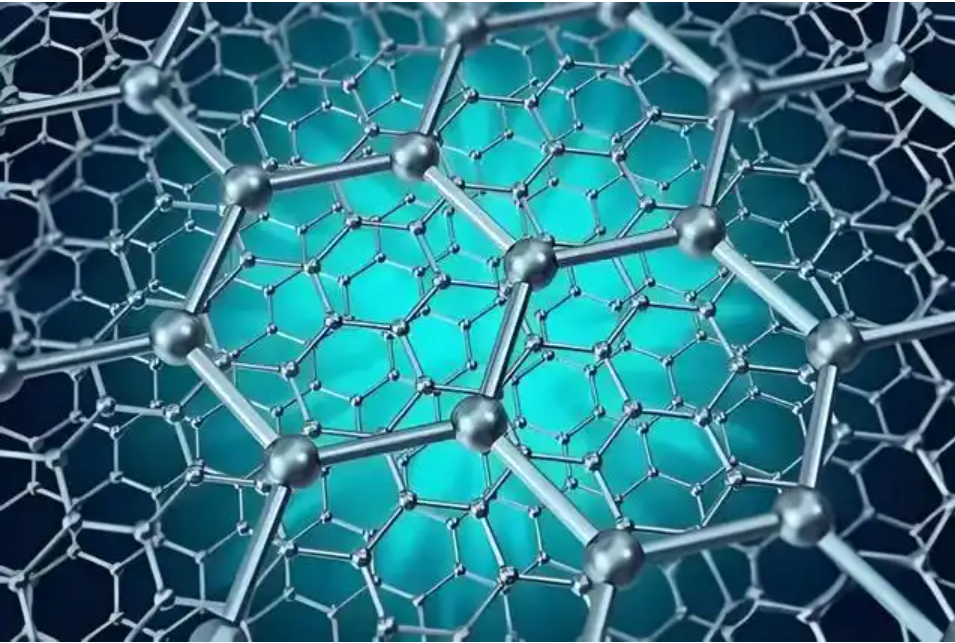2025 Graphene Development Trends

2025 is seen as a pivotal turning point for graphene technology, transitioning from laboratory research to large-scale industrialization. Based on technological advancements, market demand, and policy-driven core trends, the forecast is as follows:
1. Technological Trends: From Lab to Factory
1.1 Low-Cost Production Technology Matures
- CVD (Chemical Vapor Deposition): The cost of producing large-area single-layer graphene drops to $30-50 per square meter (compared to around $100 in 2023), enabling mass production of flexible electronics and transparent electrodes.
- Green Processes Become Mainstream: Electrochemical exfoliation and laser-induced graphene (LIG) technologies replace traditional strong acid oxidation-reduction methods, reducing pollution and increasing yield.
- Breakthroughs in Defect Control: AI-driven atomic-level defect repair technologies become commercially available, with wafer-level graphene defect rates <0.1%, meeting the demands of semiconductor-level applications.
1.2 Composite Material Performance Leaps
- Graphene-Enhanced Materials: Composite technologies with plastics and metals mature, with strength improvements of over 50% (e.g., for lightweight automotive materials and building structural components).
- Multifunctional Coatings: Anti-corrosion, conductive, and antibacterial coatings see widespread adoption in industries such as shipping and medical devices, with costs reduced by 40%.
2. Application Scenarios Exploding: From “Concept” to “Essential Need”
2.1 Leading the New Energy Sector
- Fast-Charging Batteries: Graphene composite lithium battery electrodes achieve 80% charge in 10 minutes (e.g., collaborations between CATL and Tesla), enabling electric vehicles to exceed 800 km of range.
- Hydrogen Storage and Transportation: Graphene aerogel hydrogen tanks are commercialized, with hydrogen storage density reaching 6-7 wt% (up from the 2023 lab record of 5 wt%), reducing the cost of hydrogen fuel trucks by 30%.
- Supercapacitors: Energy density surpasses 50 Wh/kg (compared to the traditional 10 Wh/kg), enabling use in grid peak shaving and regenerative braking for electric vehicles.
2.2 Consumer Electronics Revolution
- Flexible Displays and Wearables: Samsung and BOE release foldable/rollable mobile screens that are less than 0.1 mm thick, durable up to 500,000 bends.
- Efficient Heat Dissipation Solutions: Graphene-diamond composite thermal films cover 80% of flagship smartphones, lowering chip temperature by 20°C and supporting 5G/6G high-frequency communication.
- Transparent Conductive Films: Replacing ITO (Indium Tin Oxide) in OLED screens, costs are cut by 50%, and light transmission increases to 98%.
2.3 Biomedical Breakthroughs
- Precise Drug Delivery: Graphene oxide drug delivery systems are approved for brain and pancreatic cancer treatment, with targeted efficiency increased fivefold.
- Neural Interface Upgrades: Flexible graphene electrodes in brain-machine interfaces (e.g., next-gen Neuralink) enable single-neuron signal collection.
- Antibacterial Revolution: Graphene coatings are used on hospital catheters and surgical instruments, reducing drug-resistant infections by 70%.
2.4 Environmental Protection and Carbon Neutrality
- Desalination: Graphene membrane technology is scaled up in the Middle East and Australia, with energy consumption reduced to 1.5 kWh/m³ (compared to traditional reverse osmosis at 3-4 kWh).
- CO Conversion: Industrial-grade graphene catalysts are put into production, achieving an 80% efficiency in converting CO to methanol (Cambridge University’s 2023 lab data: 90%).
- Pollution Remediation: Graphene-based adsorption materials are used in nuclear wastewater treatment (e.g., the Fukushima project), with heavy metal removal rates exceeding 99%.
3. Regional Competitive Landscape
3.1 China: Full Industry Chain Layout
- Leveraging the 14th Five-Year Plan for new materials, China builds 10 graphene industrial parks, occupying 60% of global production capacity.
- Key Focus Areas: New energy batteries (CATL, BYD), flexible electronics (BOE), composite materials (COMAC C919 aircraft applications).
3.2 EU and US: High-End Technology Monopoly
- The EU’s “Graphene Flagship Program 2.0” focuses on quantum computing and environmental technologies (e.g., desalination).
- The US supports graphene semiconductor research through the CHIPS Act, with IBM and Intel focusing on high-frequency chips.
3.3 Japan and South Korea: Driven by Consumer Electronics
- Samsung and LG lead the way in flexible displays and fast-charging batteries; Toray develops graphene-carbon fiber aerospace materials.
4. Challenges and Risks
4.1 Technological Bottlenecks
- Mass Production Stability: The yield rate of CVD is only 70% (with a target of >95%), delaying high-end chip applications.
- Performance Decay: The actual strength of composite materials is only 30-50% of the lab-tested data.
4.2 Commercialization Barriers
- Cost Competition: In the lithium battery field, graphene competes directly with silicon-based anodes and solid-state battery technologies.
- Lack of Standards: The absence of global standards for layer count and defect rates hinders global trade.
4.3 Safety Controversies
- Biotoxicity: The risk of nano-sized graphene particles depositing in the lungs raises regulatory concerns in the EU, with a full assessment expected by 2025.
- Environmental Pressure: The cost of wastewater treatment from traditional oxidation-reduction processes increases.
5. Future Outlook
2025 is poised to witness three significant milestones in graphene technology:
- The emergence of the first “killer application”: For instance, a 10-minute fast-charging electric vehicle battery or globally popular foldable phones.
- Accelerated cross-field integration: Deep integration with AI (intelligent material design) and quantum computing (graphene quantum dots).
- A fully formed circular economy: The widespread adoption of graphene recycling technologies, with material utilization rates exceeding 90%.
By 2025, graphene may quietly revolutionize everyday life:
- Mobile Phones: Unbreakable, rollable into your pocket, and charges in 5 minutes for a full day of use.
- Automobiles: As lightweight as aluminum, harder than steel, with a standard range of 1000 km.
- Environmental Impact: Converting seawater to drinking water and exhaust gases into fuel, graphene becomes the “Earth’s repair tool.”
Although mass production and safety remain challenges, this “Carbon Age Revolution” is unstoppable!

